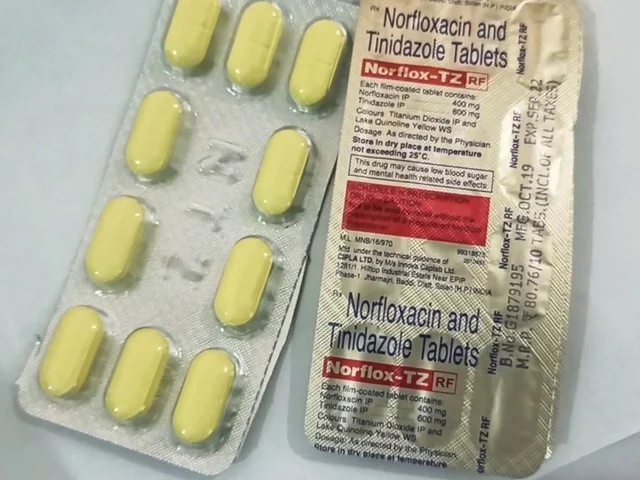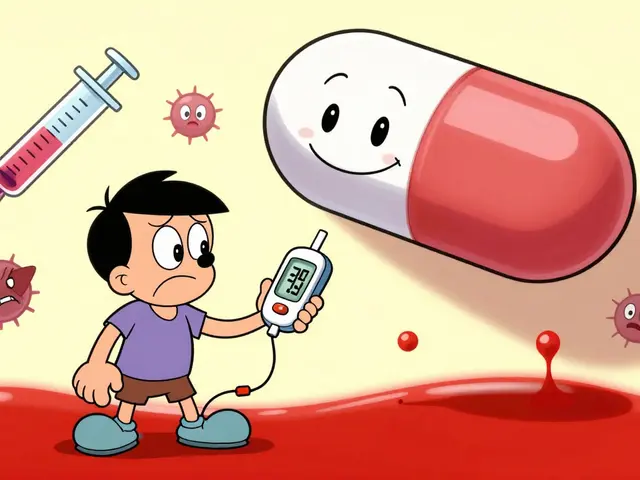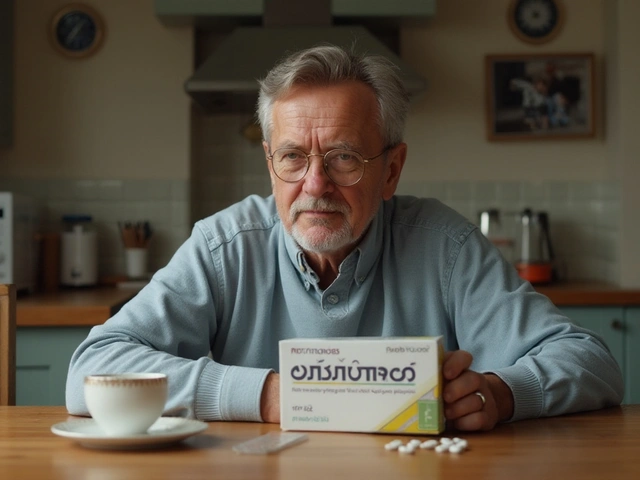Dehydration: Recognize, Treat, and Prevent
Even mild dehydration changes how you feel. Lose as little as 2% of your body water and you’ll notice fatigue, headache, or trouble concentrating. That small gap matters — especially if you work outside, exercise hard, are elderly, or are caring for kids.
Quick signs and common causes
Here’s how to spot it fast: dark yellow urine, dry mouth, dizziness, fewer tears in babies, and peeing less than usual. Heat and long workouts are common triggers, but fever, diarrhea, vomiting, and some medicines (like diuretics) can cause it too.
How to rehydrate safely
Immediate fix? Drink smart, not just more. Plain water works for most mild cases. For heavy sweating, vomiting, or diarrhea replace sodium and potassium too — oral rehydration solutions (ORS) or sports drinks are better than water alone. Make a simple at-home ORS with 1 liter water, 6 teaspoons sugar, and half a teaspoon salt.
How much and how fast? Sip steadily. For mild dehydration aim for 250–500 ml (about one to two cups) every 15–30 minutes until symptoms ease. If someone vomits, wait 5–10 minutes between small sips. Chugging large amounts can make nausea worse.
Higher risk groups need extra care. Older adults often feel less thirsty and can dehydrate without noticing. Babies and toddlers lose fluids quickly when sick — watch for sunken eyes, no wet diapers for 6+ hours, or extreme sleepiness. Athletes in long events should use electrolyte mixes and plan regular fluid breaks.
Preventing dehydration is easier than fixing it. Carry a water bottle, set phone reminders to drink, and match your intake to activity and weather. Before long exercise in heat, drink 500 ml in the hour beforehand. During hot work shifts, take regular cool-down breaks and drink small amounts often.
Drink choices matter. Water is fine for daily use. For long workouts or diarrhea, pick a drink with sodium and carbs. Avoid heavy alcohol and high-sugar sodas — they can worsen fluid loss. Caffeinated drinks count toward hydration but in large amounts may be mildly diuretic.
Warning signs that need medical help: fainting, very low urine output, extreme confusion, very fast heartbeat, or persistent vomiting/diarrhea. In those cases, emergency care or IV fluids may be needed.
Traveling? Carry sachets of ORS or powdered electrolyte mixes. For kids, freeze ice pops made from rehydration solution — easier to keep down. If you have chronic conditions like kidney disease or heart failure, talk to your doctor about how much salt and fluid you should take; needs vary.
Quick tips you can use today: add a pinch of salt and a squeeze of orange to water after long sweat sessions; eat watery foods like cucumbers and melons; set drink goals (8–10 cups daily is a rough start) and adjust for heat and activity.
Dehydration is common but manageable. Pay attention to thirst, urine color, and energy. Small habits — regular sips, electrolyte use when needed, and watching high-risk people — keep you feeling sharp and prevent serious problems. Keep a simple plan and act early everyday too.





